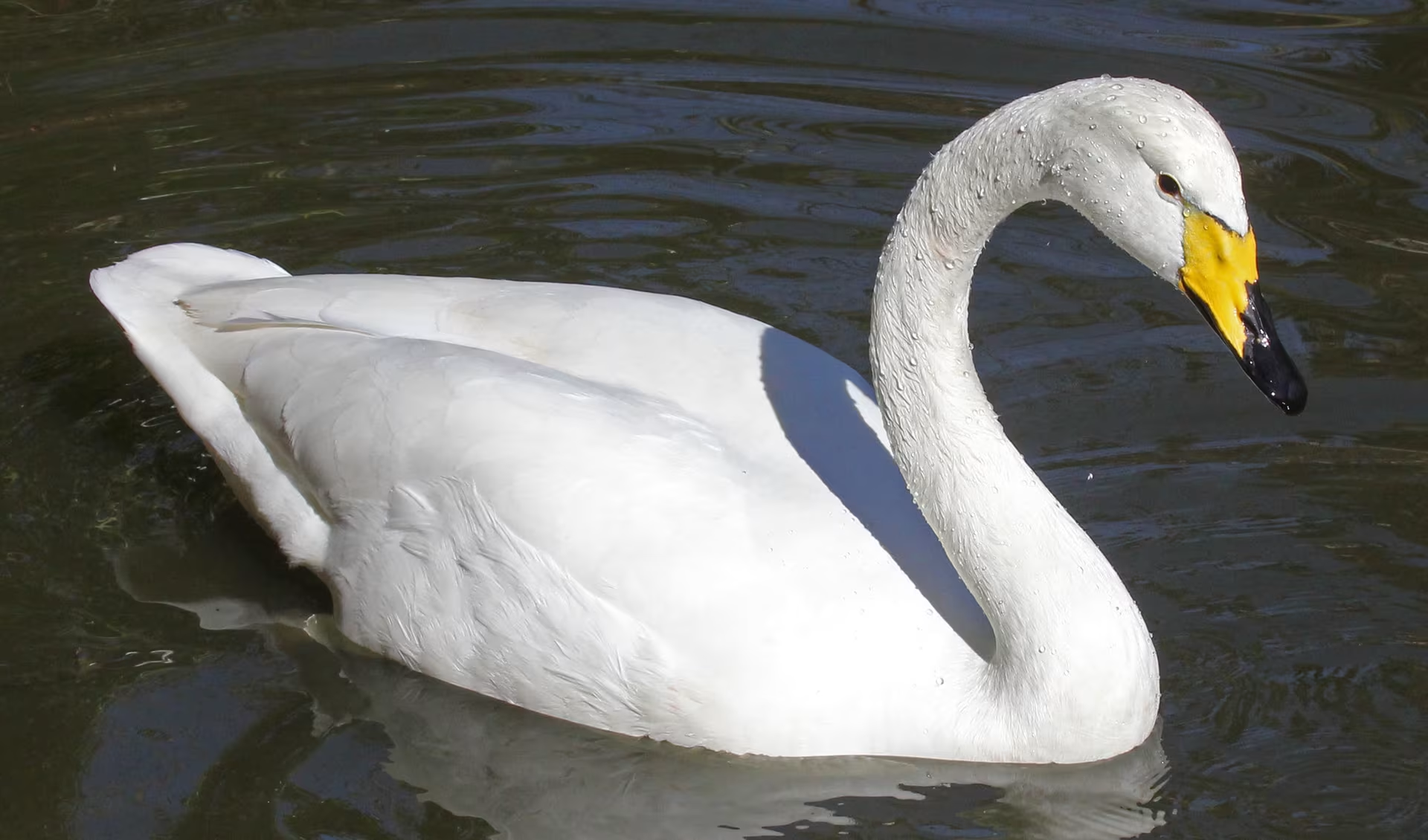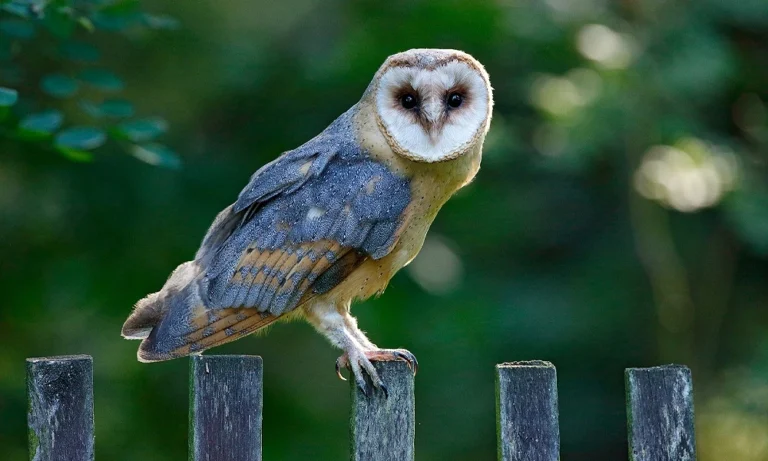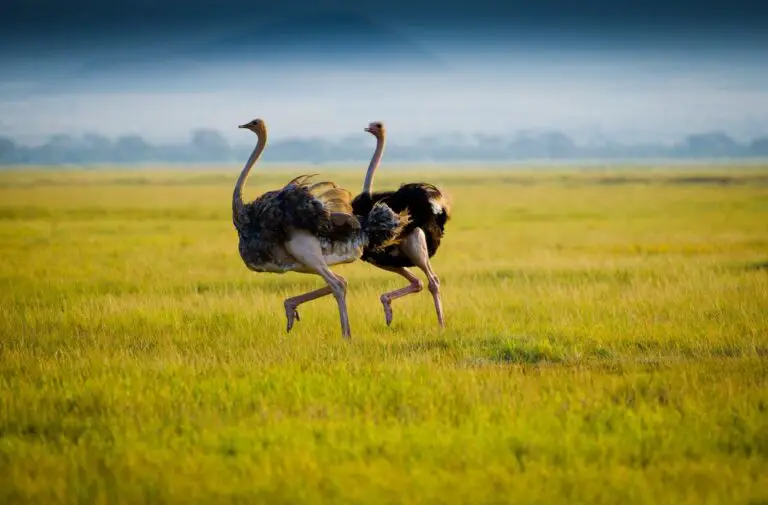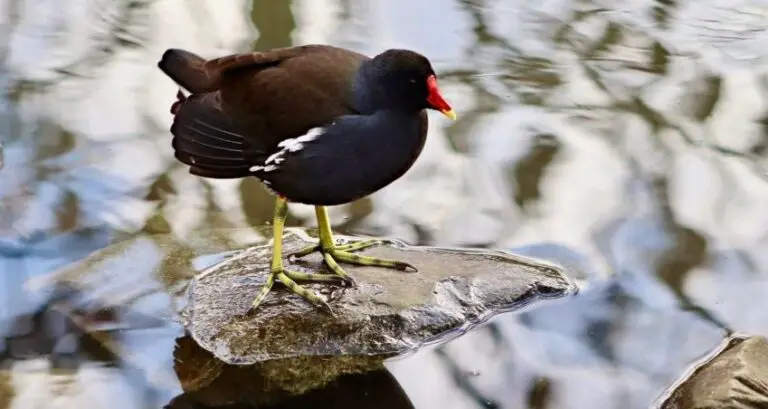As you journey to the frozen tundra, reminiscent of the icy landscapes in Shakespeare’s Winter’s Tale, you’ll encounter a majestic creature that defies the harsh Arctic environment – the Whooper Swan. Its very existence seems to thumb its nose at the unforgiving climate, with adaptations that allow it to thrive in this frozen world. But it’s not just its ability to survive that sets it apart – it’s the intricate dance of its mating rituals, the precision of its migratory routes, and the haunting beauty of its rare vocalizations that will leave you wondering what other secrets this enigmatic bird holds.
Key Takeaways
- Whooper Swans have adapted to the Arctic tundra’s harsh climate with specialized physical features, such as coated feathers and countercurrent heat exchange systems.
- They form long-term monogamous pairs, with complex courtship rituals, including loud trumpet-like calls and elaborate posturing.
- Their feathers have a unique, complex structure with zippered barbs, making them waterproof and well-maintained through meticulous preening.
- Whooper Swans follow specific migration routes, congregating in large numbers at stopover sites across the Northern Hemisphere.
- Their distinctive “bugling” calls and other vocalizations play a vital role in communication, pair bonding, and warning other swans of threats.
Arctic Adaptations of Whooper Swans
The Arctic tundra, with its harsh climate and limited vegetation, presents a unique set of challenges for Whooper Swans.
You’ll notice that these swans have adapted to this environment in remarkable ways. One of the most striking adaptations is their ability to blend in with their surroundings. Their white feathers provide perfect Tundra camouflage, allowing them to remain hidden from predators.
As you observe these swans, you’ll see that they’ve also developed specialized physical features to cope with the cold climate. Their feathers are specially coated to prevent water from penetrating to their skin, keeping them dry and warm.
Additionally, their feet are adapted to withstand the freezing temperatures, with a countercurrent heat exchange system that prevents heat loss.
When searching for food, you’ll find that Whooper Swans are skilled at exploiting the Arctic tundra’s limited resources. They’ve learned to dig through the ice layer to uncover buried plants and roots, providing them with a vital source of nutrition.
These adaptations have enabled Whooper Swans to thrive in one of the most inhospitable environments on Earth.
Unconventional Mating and Breeding Habits
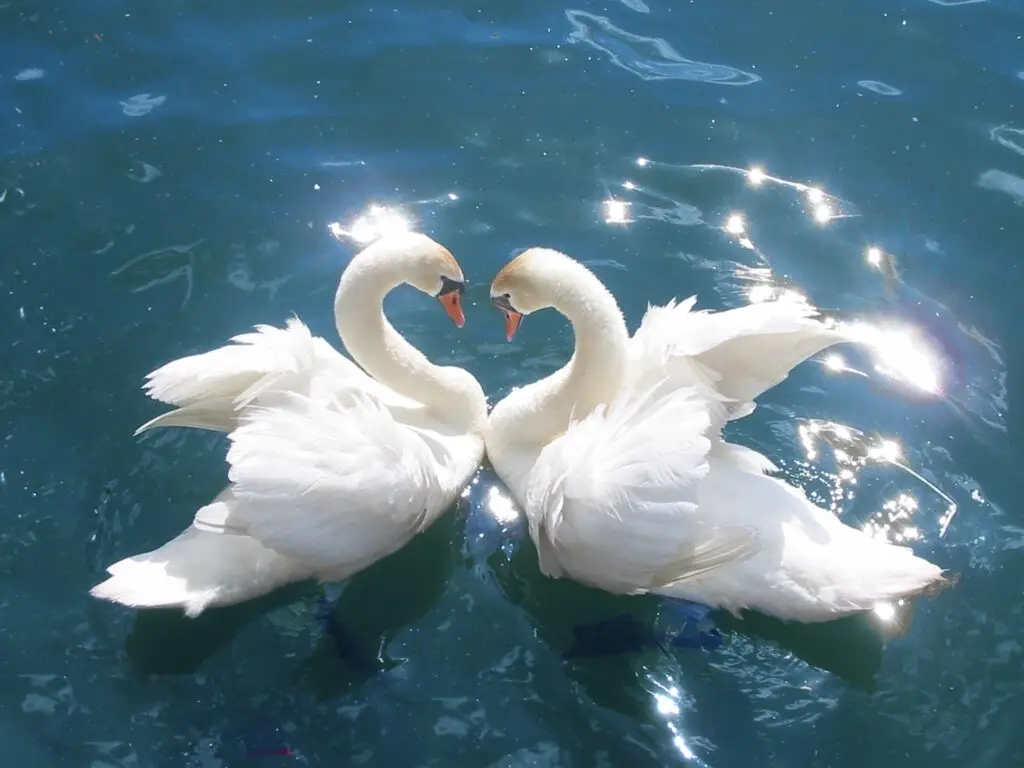
During their breeding season, you’ll observe Whooper Swans engaging in some remarkable, unconventional mating rituals. These large waterfowl form long-term monogamous pairs, with some staying together for over 20 years. Their complex courtship involves a series of ritualized displays, including loud, trumpet-like calls and elaborate posturing.
| Courtship Behavior | Description |
|---|---|
| Triumph Ceremony | Both partners raise their heads and necks, while uttering a loud, triumphant call. |
| Prelude Ceremony | The male and female stand facing each other, with their heads and necks lowered, and their feathers ruffled. |
| Mutual Display | The pair stands together, with their heads and necks raised, and their wings held back. |
| Ritualized Agonistic Behavior | The male and female engage in a mock fight, with their heads and necks entwined, and their beaks open. |
These unique courtship behaviors play a crucial role in strengthening the bond between Whooper Swan pairs, ensuring a successful breeding season. By understanding these complex mating rituals, you’ll gain a deeper appreciation for the fascinating social behaviors of these majestic birds.
Unique Feathers and Plumage Features
Among the most striking features of the Whooper Swan is its unique plumage, which plays a vital role in its survival and social interactions.
You’ll notice that the swan’s feathers have a complex structure, with a central shaft (rachis) and vanes (barbs) branching out from it. The barbs are zippered together by tiny hook-like structures called barbules, creating a tight, waterproof seal. This remarkable feather structure allows the Whooper Swan to maintain its plumage with ease, ensuring it stays insulated and dry in wet environments.
As you observe the swan’s plumage maintenance habits, you’ll see that it spends a significant amount of time preening its feathers.
This involves spreading oil from a gland located above its tail, which helps to waterproof the feathers and keep them clean. The swan will also use its beak to smooth and align its feathers, ensuring they lie flat and evenly. This meticulous attention to plumage maintenance is crucial for the swan’s survival, as it helps to reduce heat loss and maintain its buoyancy in the water.
Exceptional Migration Patterns and Routes
Migratory journeys of the Whooper Swan take it to diverse habitats across the Northern Hemisphere. As you delve into the exceptional migration patterns and routes of this species, you’ll notice its adaptability to various environments. Flyways analysis reveals that Whooper Swans follow specific routes, often congregating in large numbers at stopover sites. These stopovers are crucial for refueling and resting during their long journeys.
| Flyway | Stopover Sites |
|---|---|
| Western European | Wetlands in the UK, France, and Ireland |
| Eastern European | Baltic coastal areas, Poland, and Russia |
| Asian | China’s Yellow River Delta, Korea, and Japan |
You’ll find that Whooper Swans employ strategic stopover strategies to optimize energy reserves and minimize predation risks. By analyzing their migration patterns, researchers can identify key conservation areas and protect these habitats. As you explore the Whooper Swan’s migratory habits, you’ll appreciate the intricate balance between their remarkable journeys and the ecosystems they inhabit.
Rare Vocalizations and Communication

As you explore the Whooper Swan’s remarkable adaptability, you’ll discover that its unique vocalizations play a vital role in its communication and social behavior.
These vocalizations are crucial for maintaining pair bonds, warning other swans of potential threats, and signaling the location of food sources.
The Whooper Swan’s vocalization types are diverse, ranging from high-pitched, trumpet-like calls to low, grunting sounds.
Its song structures are particularly noteworthy, consisting of a series of repetitive, whistled notes that can be heard for miles.
Some key aspects of the Whooper Swan’s rare vocalizations and communication include:
- The species’ distinctive “bugling” call, which can be heard during the breeding season
- The use of contact calls to maintain flock cohesion during migration
- The employment of alarm calls to alert other swans to predators or other threats
- The role of vocalizations in reinforcing pair bonds and facilitating mate attraction
FAQs: Whooper Swan Facts
Can Whooper Swans Be Found in Urban Areas or Cities?
You’ll rarely find whooper swans in urban areas or cities, as they prefer natural habitats; however, they might occasionally venture into urban fringes or parks, bringing a touch of wildness to city dwellers’ lives.
How Long Do Whooper Swan Parents Care for Their Young?
You’ll find that, on average, bird parents care for their young for around 30-40% of their lives. Specifically, whooper swan parents invest heavily in family dynamics, providing extensive parental care for their cygnets for approximately 4-5 months, teaching them crucial survival skills.
Do Whooper Swans Form Long-Term Friendships or Bonds?
You observe that many waterfowl species exhibit complex social behaviors, including long-term bonds, which often stem from intricate mating rituals. In Whooper Swans, you’ll find that these bonds are indeed long-lasting, with pairs forming during breeding seasons and remaining together for many years.
Can Whooper Swans Swim and Dive Like Other Swan Species?
You observe a swan, similar to the one studied in Lake Khanka, Russia, where it’s been recorded making 2-meter deep dives. Like other swan species, it swims and dives with ease, its wet feathers providing buoyancy, allowing it to forage for aquatic plants and small invertebrates.
Are Whooper Swans Considered an Endangered Species Globally?
You’ll find that globally, Whooper Swans aren’t currently considered endangered, but habitat loss and disruptions to their migratory patterns pose significant threats, making conservation efforts crucial to protect their populations and habitats.
Conclusion
As you delve deeper into the world of Whooper Swans, you’re left with more questions than answers. Their Arctic adaptations, unconventional mating habits, and unique feathers only scratch the surface of their enigmatic nature. The secrets of their migration patterns and rare vocalizations remain shrouded in mystery, leaving you to ponder: what other secrets lie hidden beneath their snowy plumage, waiting to be uncovered?

